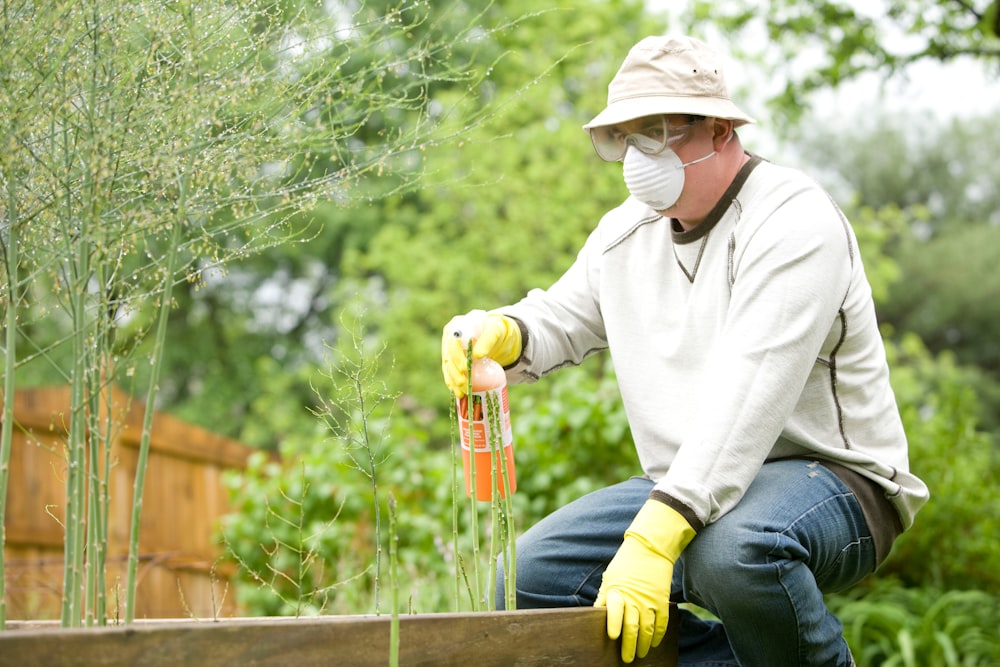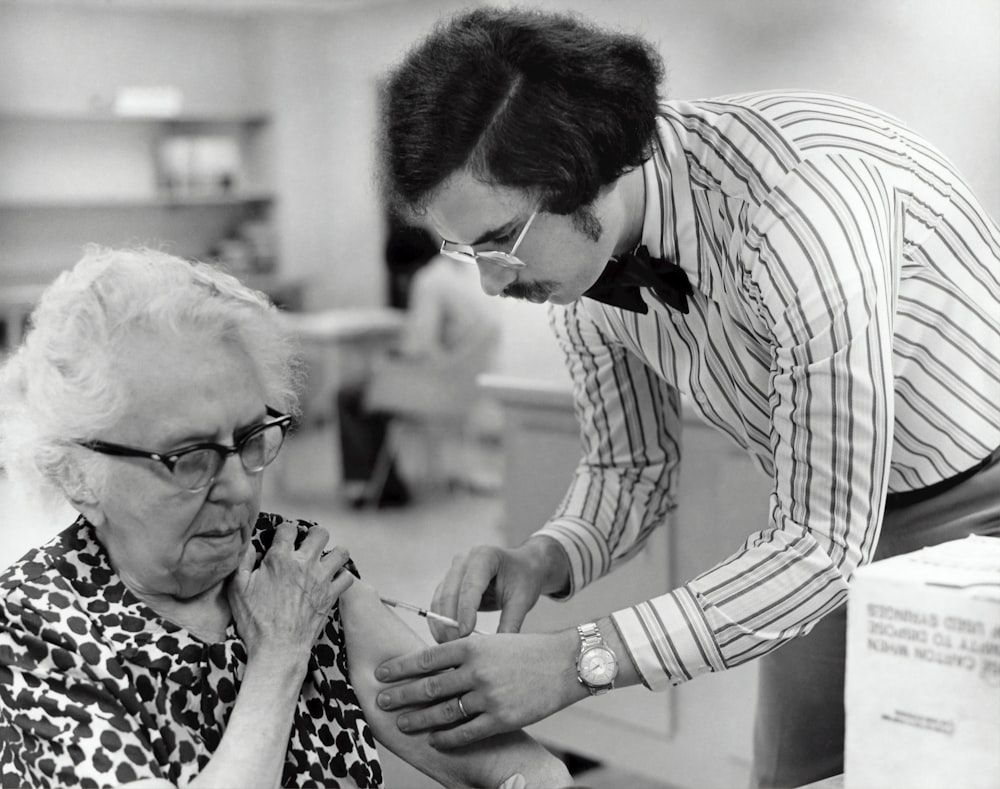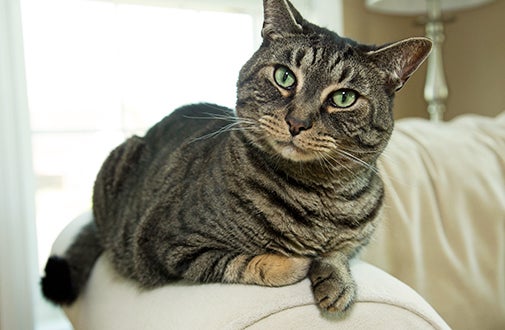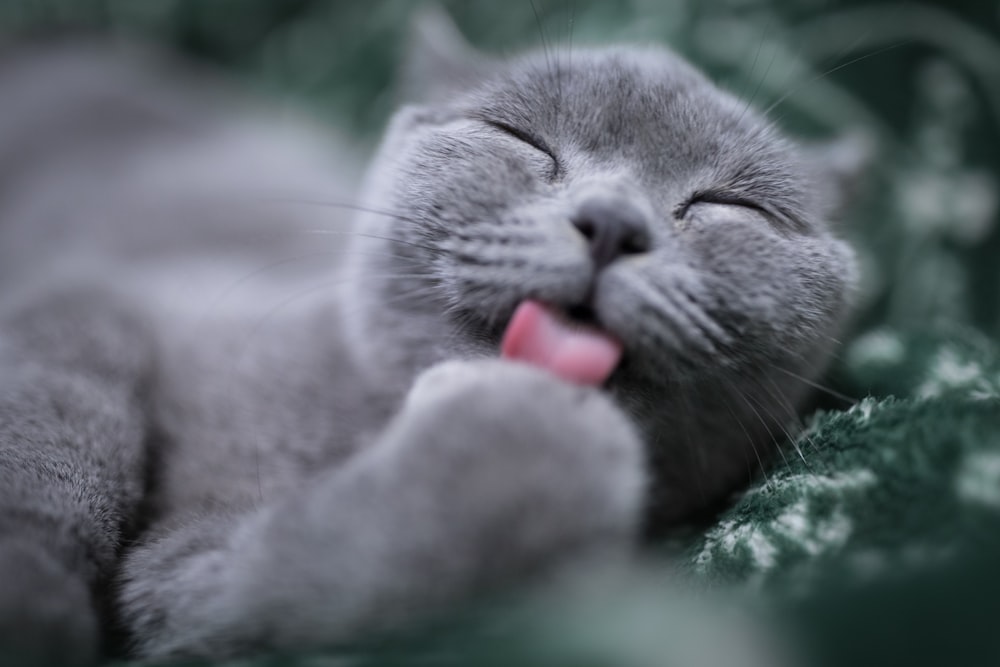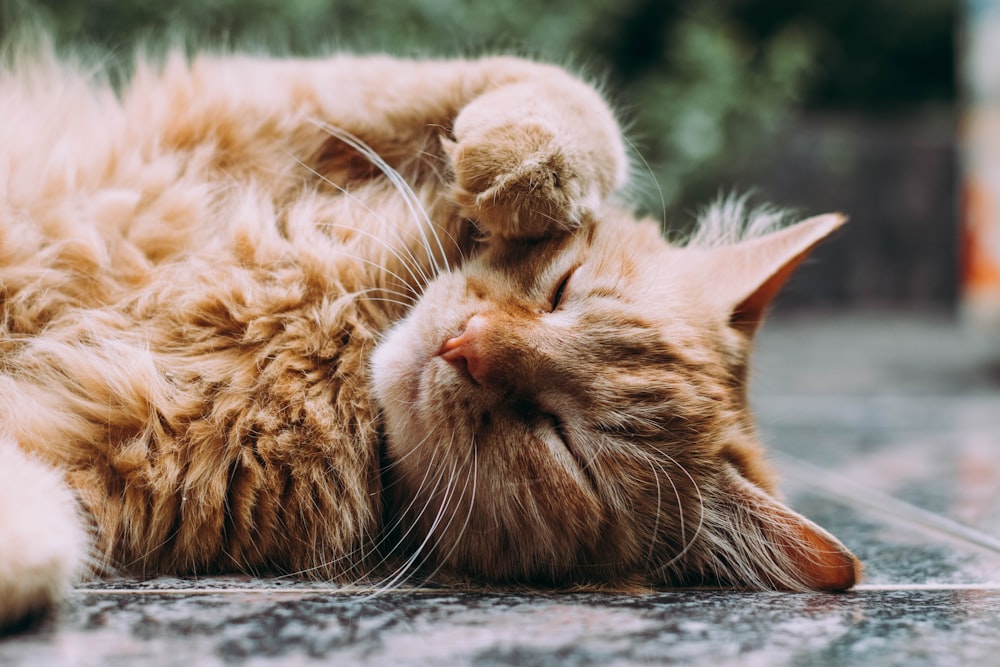Guarding Feline Hearts Effective Heartworm Prevention for Cats
Guarding Feline Hearts: Effective Heartworm Prevention for Cats
Understanding the Threat
Cats are known for their independent nature, but when it comes to heartworms, they need our help. Heartworm disease, though more commonly associated with dogs, poses a serious threat to our feline friends. Understanding the risk is the first step in ensuring effective heartworm prevention for cats.
The Invisible Enemy
Heartworms, transmitted through mosquito bites, are a silent invader. These parasites can lurk within a cat’s body, causing severe damage to the heart and lungs over time. The challenge lies in the fact that symptoms often go unnoticed until the disease reaches an advanced stage.
Tailored Prevention Strategies
Not all cats face the same level of risk, and this is where a tailored prevention plan becomes crucial. Consult with your veterinarian to assess your cat’s individual risk factors and determine the most suitable preventive measures. Prevention is not one-size-fits-all, and a customized approach is key.
Importance of Regular Vet Check-ups
Regular veterinary check-ups are the cornerstone of effective heartworm prevention. Through routine examinations, your veterinarian can monitor your cat’s health, assess potential risk factors, and recommend or adjust prevention strategies accordingly. Early detection is vital for successful intervention.
The Role of Preventive Medications
Heartworm prevention for cats often involves the use of preventive medications. These medications, typically administered monthly, work to kill off any larval heartworms that may have entered the cat’s system. They serve as a proactive shield against the development of heartworm disease.
Making Prevention a Routine
Consistency is key when it comes to heartworm prevention. Set a monthly routine for administering preventive medications to ensure your cat receives continuous protection. This simple habit can significantly reduce the risk of heartworm disease and contribute to your cat’s long-term well-being.
Indoor Cats Are Not Immune
While indoor cats may have a lower risk of exposure to mosquitoes, they are not immune to heartworm disease. Mosquitoes can find their way indoors, putting indoor cats at risk as well. Regardless of lifestyle, all cats should be considered for a comprehensive prevention plan.
Educating Pet Owners
Raising awareness about the importance of heartworm prevention is crucial. As responsible pet owners, it’s our duty to educate ourselves and others about the risks and preventive measures available. A well-informed community contributes to the overall well-being of our feline companions.
Heartworm Prevention for Cats – Take Action Now!
Prevention is the best defense against heartworm disease in cats. Actively engage in discussions with your veterinarian, stay informed about preventive measures, and ensure that your cat’s health is a top priority. Take the first step in safeguarding your feline friend’s heart by exploring effective heartworm prevention for cats here. It’s an investment in their health and happiness.

